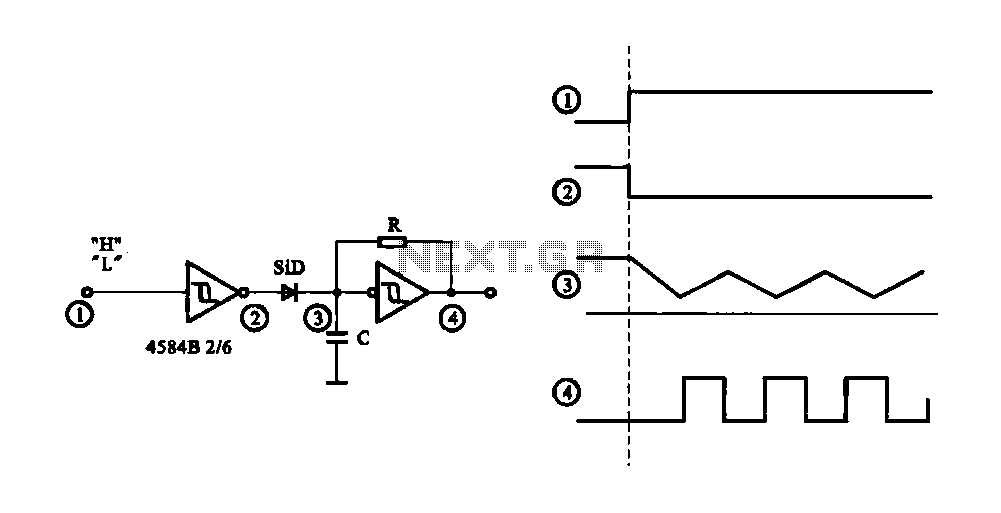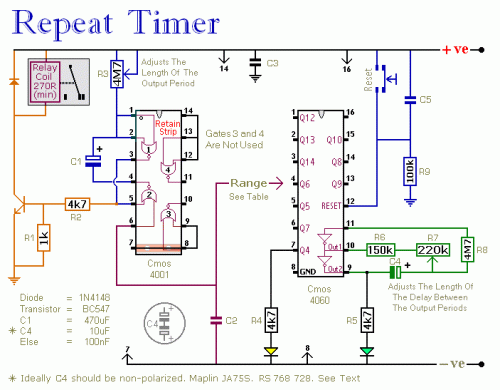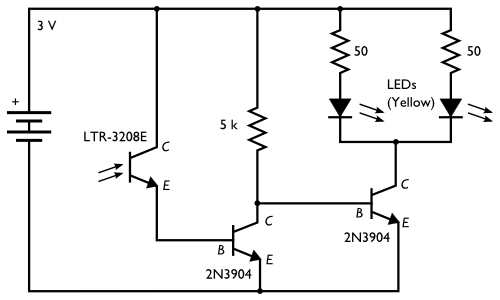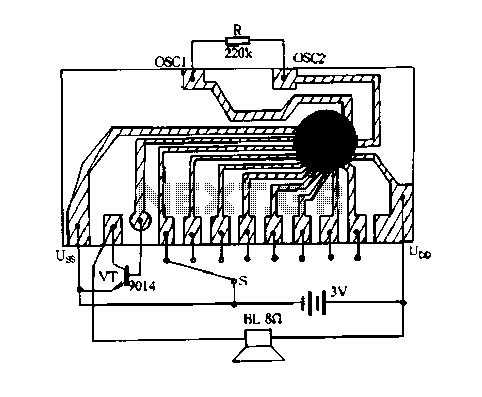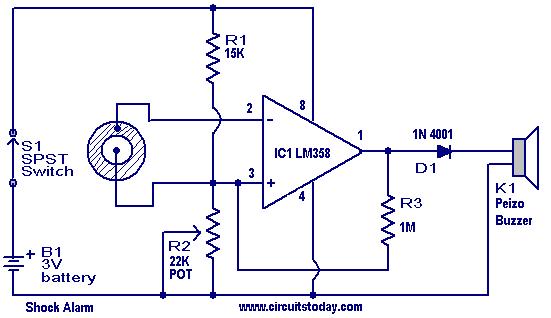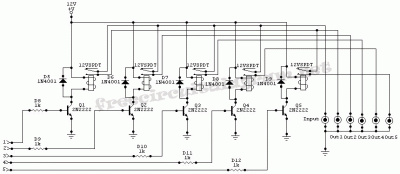
op amp Why the resistor in this op-amp circuit
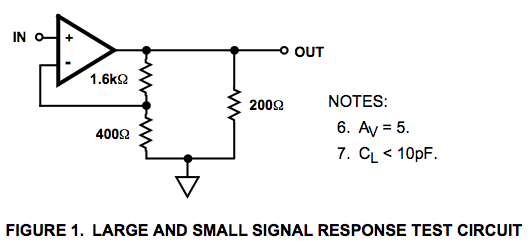
Here is a circuit diagram for a signal response test circuit from the specification sheet for a HA-5195 operational amplifier. It appears to be a non-inverting amplifier circuit with a gain of 5, along with a 200-ohm resistor connecting Vout to ground.
The described circuit utilizes the HA-5195 operational amplifier, which is designed for high-speed applications and can operate with a dual power supply. The non-inverting amplifier configuration allows for a straightforward gain setup, where the gain (Av) can be calculated using the formula Av = 1 + (R2/R1). In this case, the resistor values should be selected to achieve the desired gain of 5, which implies that R2 is five times the value of R1.
The inclusion of a 200-ohm resistor between the output (Vout) and ground serves to stabilize the output signal and dampen potential oscillations, which can be particularly useful in high-frequency applications where stability is critical. This resistor may also help in providing a defined output impedance, which is beneficial when interfacing with other circuit stages or loads.
In the circuit, the power supply connections to the HA-5195 should be made in accordance with the manufacturer's recommendations, ensuring that the supply voltage is appropriate for the operational amplifier's specifications. Proper bypass capacitors should also be included near the power supply pins to filter out noise and ensure stable operation.
Overall, this circuit is suitable for testing the signal response characteristics of the HA-5195 op amp, allowing for evaluation of its performance in real-world scenarios. The configuration can be expanded or modified by altering resistor values or adding additional components, such as capacitors for frequency response shaping, depending on the specific testing requirements.Here`s a circuit diagram for a signal response test circuit from the spec sheet for a HA-5195 op amp and looks like a non-inverting amplifier circuit with a gain of 5, plus the 200 © resistor between Vout and ground: 🔗 External reference
The described circuit utilizes the HA-5195 operational amplifier, which is designed for high-speed applications and can operate with a dual power supply. The non-inverting amplifier configuration allows for a straightforward gain setup, where the gain (Av) can be calculated using the formula Av = 1 + (R2/R1). In this case, the resistor values should be selected to achieve the desired gain of 5, which implies that R2 is five times the value of R1.
The inclusion of a 200-ohm resistor between the output (Vout) and ground serves to stabilize the output signal and dampen potential oscillations, which can be particularly useful in high-frequency applications where stability is critical. This resistor may also help in providing a defined output impedance, which is beneficial when interfacing with other circuit stages or loads.
In the circuit, the power supply connections to the HA-5195 should be made in accordance with the manufacturer's recommendations, ensuring that the supply voltage is appropriate for the operational amplifier's specifications. Proper bypass capacitors should also be included near the power supply pins to filter out noise and ensure stable operation.
Overall, this circuit is suitable for testing the signal response characteristics of the HA-5195 op amp, allowing for evaluation of its performance in real-world scenarios. The configuration can be expanded or modified by altering resistor values or adding additional components, such as capacitors for frequency response shaping, depending on the specific testing requirements.Here`s a circuit diagram for a signal response test circuit from the spec sheet for a HA-5195 op amp and looks like a non-inverting amplifier circuit with a gain of 5, plus the 200 © resistor between Vout and ground: 🔗 External reference
